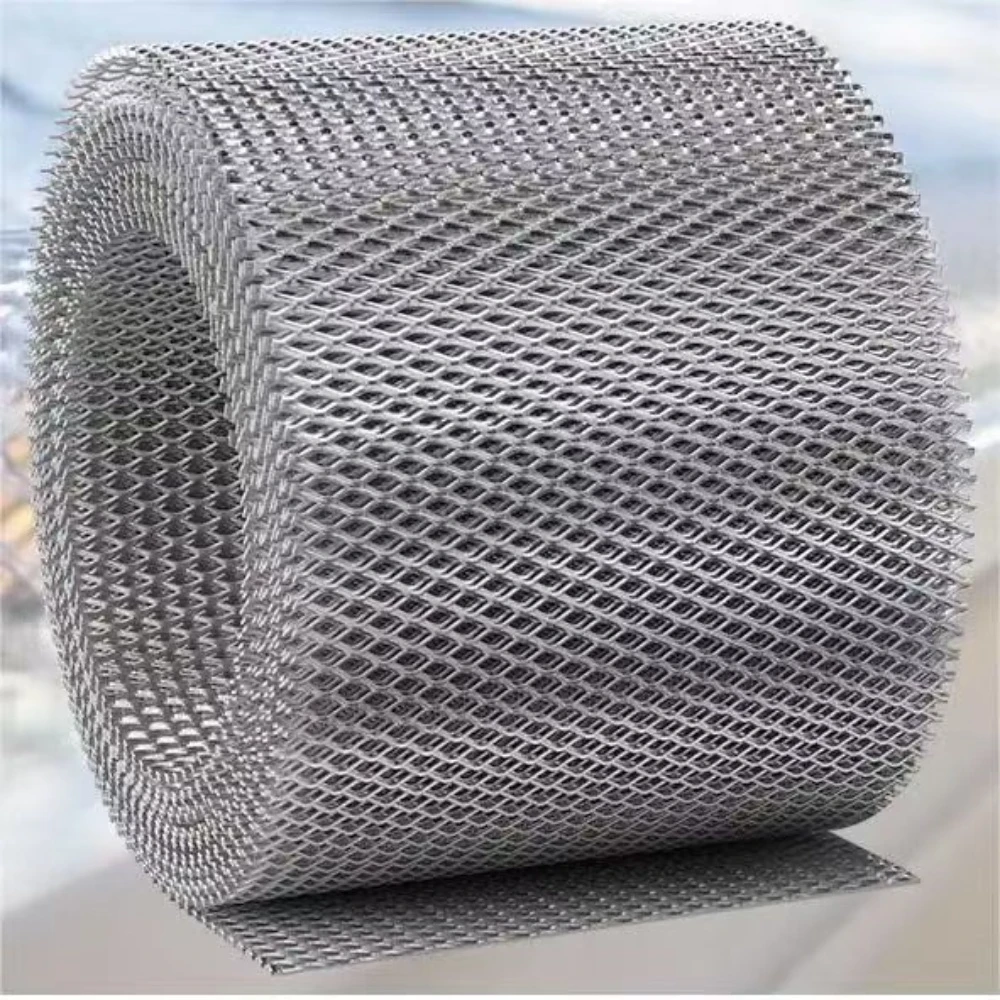crimping barbed wire
Crimping Barbed Wire A Comprehensive Overview
Barbed wire, a key component in fencing and security solutions, has proven itself invaluable over the years. Its primary purpose, as the name suggests, is to deter intruders and protect property. However, the effectiveness of barbed wire fences greatly depends on the crimping process — a critical technique that enhances the strength and durability of the wire. In this article, we will explore the importance of crimping barbed wire, the process involved, and its applications across various industries.
Understanding Barbed Wire
Barbed wire is made from twisted steel strands with sharp edges or points, designed to prevent animals and unauthorized individuals from crossing boundaries. Traditionally used in agricultural settings, modern applications extend to military, industrial, and residential sectors. The unique design of barbed wire allows it to create formidable barriers, making it an essential tool in property protection.
The Crimping Process What It Is and Why It Matters
Crimping refers to the method of pressing or compressing the barbed wire in specific patterns to enhance its structural integrity. This process not only strengthens the wire but also improves its ability to withstand various environmental factors. The crimped portions provide additional tension that prevents stretching, making the fence more durable and resistant to damage.
1. Enhancing Strength and Durability Crimping adds rigidity to the barbed wire, making it less susceptible to bending or breaking under pressure. A crimped barbed wire can endure harsh weather conditions, including heavy winds, snow, and rain, thus extending its lifespan and reducing replacement costs.
2. Improving Installation Crimped wire is often easier to handle during installation. The added structure allows for better grip and alignment on fence posts, resulting in a more secure installation. This is particularly important in large agricultural fields where long stretches of fencing are necessary.
3. Cost Efficiency While the initial cost of crimped barbed wire may be slightly higher than non-crimped options, the long-term benefits make it a cost-effective solution. Reduced maintenance and replacement due to improved durability lead to significant savings over time.
Crimping Techniques and Equipment
crimping barbed wire

The crimping process requires specific tools and machinery designed to apply the necessary force to the wire. There are several techniques employed in crimping barbed wire
1. Manual Crimping Tools For smaller projects or repair work, manual crimping tools are available. These hand-held devices allow for precise control over the crimping process but require considerable effort and skill.
2. Hydraulic Crimping Machines In industrial settings, hydraulic crimping machines are commonly used. These machines apply consistent pressure to quickly and efficiently crimp large runs of barbed wire, increasing productivity while ensuring quality.
3. Automated Crimping Systems Advanced manufacturing facilities often utilize automated systems capable of crimping multiple wires simultaneously. These systems enhance precision and speed, allowing for larger-scale production with minimized labor costs.
Applications of Crimped Barbed Wire
The applications of crimped barbed wire are vast and varied. In agriculture, it protects livestock and crops from wild animals. In industrial settings, it secures perimeters and sensitive areas from unauthorized access. Military bases and correctional facilities use crimped barbed wire as a key element in their security measures, ensuring a formidable deterrent against breaches.
Additionally, crimped barbed wire finds its place in urban areas, where it can be an effective measure against vandalism and trespassing. Residential properties also use it for enhanced security, deterring potential intruders while providing peace of mind to homeowners.
Conclusion
Crimping barbed wire is an essential process that enhances the functional properties of this vital fencing material. By improving strength, durability, and ease of installation, crimped barbed wire serves a wide array of applications across multiple sectors. As security concerns continue to grow, the relevance of crimping techniques is likely to increase, cementing barbed wire’s role as a reliable solution in protecting property and managing boundaries. Whether in agriculture, industry, or residential settings, understanding the benefits of crimped barbed wire can lead to smarter choices in fencing solutions.
-
Innovations in Razor Barbed Wire Design TechnologyNewsAug.11,2025
-
Roofing Nail Compatibility with Different Metal Roof TypesNewsAug.11,2025
-
Welded Wire Mesh for Rockfall Protection BarriersNewsAug.11,2025
-
Galvanized Wire Corrosion Resistance TestingNewsAug.11,2025
-
3D Fence Solutions Preventing Bird CollisionsNewsAug.11,2025
-
Using Chain Link Fence for Urban Garden SupportNewsAug.11,2025




